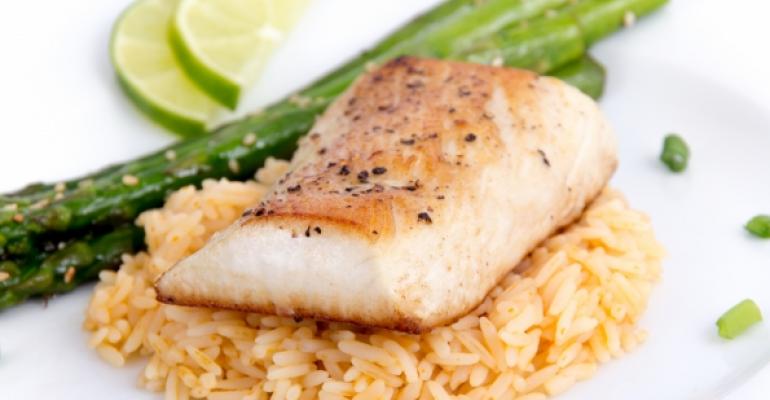Pangasius has been called the “tofu of fish” because it’s white, flaky, highly versatile and affordable. Sometimes called basa or swai, Pangasius is a type of catfish native to fresh water in South Asia and Southeast Asia. Although few Americans know it by name, more and more of them are eating it.
According to the latest data from the National Fisheries Institute, in 2014, Pangasius was the sixth most consumed seafood in the U.S. based on per capita consumption, up from 10th in 2010. While shrimp, salmon, tuna, tilapia and Alaska Pollock are consumed far more, Pangasius is eaten more than other familiar fish, including cod, crab and clams.
Much of the Pangasius eaten in the U.S. is imported from Vietnam, and to a smaller extent from countries such as China and Myanmar, according to the latest data from the National Oceanic and Atmospheric Administration’s Commercial Fisheries Statistics Database.
While Americans are eating more Pangasius, it’s not a fish that is necessarily showing up on restaurant menus.
“It’s not showing up on the menu, but it’s on the menu,” said Andrew Gruel, CEO and founder of Slapfish, a six-unit, fast-casual, sustainable seafood chain based in Huntington Beach, Calif. “Everyone is using this fish in fish and chips.”
Gruel calls Pangasius a great fish for fish and chips, and other fried applications. While it isn’t currently on his menu, in the past he has featured swai, sourced from a Best Aquaculture Practices–certified farm in Vietnam, with a lightly breaded and fried macadamia-nut crust, as well as a potato chip crust and a Frito’s crust.
Also using Pangasius for fish and chips is Boneheads Fire Grill in Atlanta. In July, the restaurant posted on its website that it uses Pangasius to make its traditional fish and chips because it is light and protein-packed.
Chef William Dissen of the Market Place Restaurant in Asheville, N.C., first experienced Pangasius in 2008, while living in Vietnam with his wife.
“It was on every menu, in grocery stores live in water, in every home,” Dissen said. “I cooked it a number of times when I was there. I enjoyed it.”
While Dissen enjoys this firm, white fish that “takes on a marinade very well,” and can easily be grilled, pan seared or even poached, you won’t find it on the menu at The Market Place.
“I didn’t know then what I know today about how it’s raised,” Dissen said.
Kevin Ryan, CEO and executive director of the International Corporate Chefs Association, agrees.
“It’s not one of my favorite seafood choices,” Ryan said. “It’s where the farms are and the regulations that I have issues with.”
A fecund and fast-growing fish, Pangasius has been farm-raised in the Mekong River Delta in Vietnam since the 1940s. In recent years, Pangasius production practices in Vietnam and the surrounding region have come under scrutiny. Currently, The Monterey Bay Aquarium Seafood Watch program puts Pangasius farmed in ponds in Vietnam on its "Avoid" list.
According to the Seafood Watch website: “Waste from ‘hyper-intensive’ farms is being dumped illegally, and this practice contributes to deteriorating water quality and cumulative pollution. Also, the high use of antibiotics during production, including several that are vital to human health, is a critical concern.”
However, Seafood Watch adds: “Farm-level certification of Pangasius is increasing in Vietnam. Seafood Watch recognizes the following certifications as equivalent to a ‘Good Alternative’ recommendation: The Global Aquaculture Alliance's Best Aquaculture Practices (BAP), the Aquaculture Stewardship Council (ASC) and Naturland's standards for organic aquaculture.”
While Ryan doesn’t care for Pangasius himself, he understands why more consumers are eating it, and why some chefs and chains are menuing it, despite concerns about sustainability.
“Everybody is struggling to find that fish that’s affordable,” Ryan said. “It’s getting harder and harder.”





